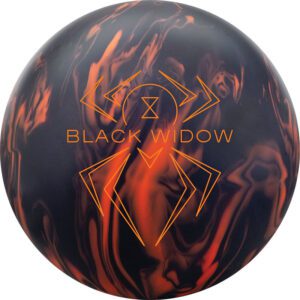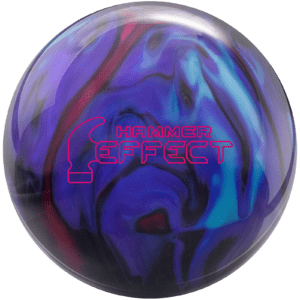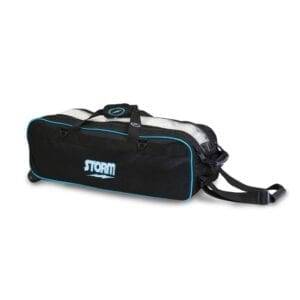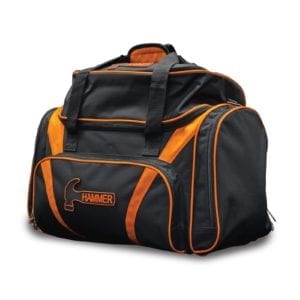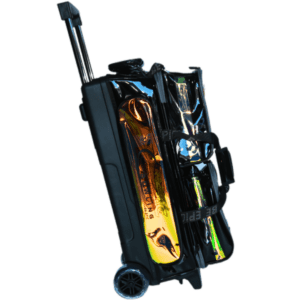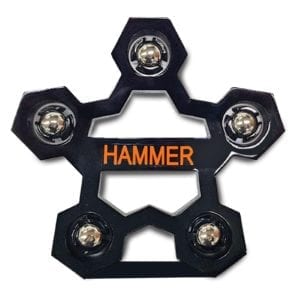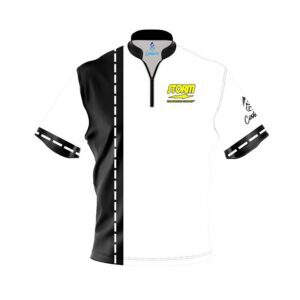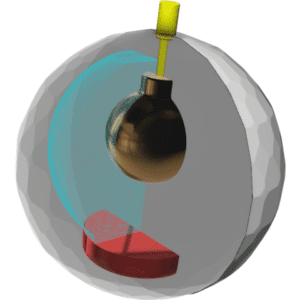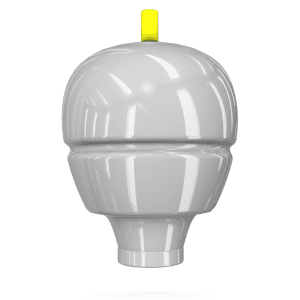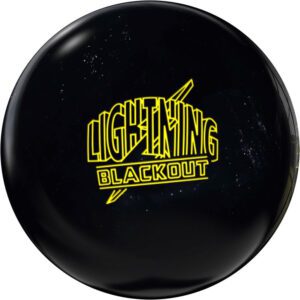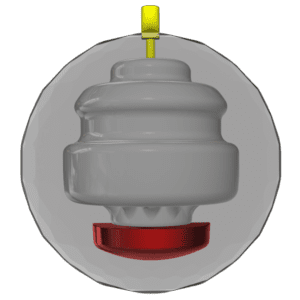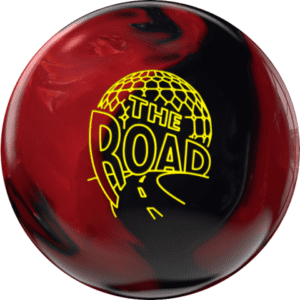Bowling Tips & Coaching Articles, Luke Rosdahl Bowling Ball Reviews, Luke Rosdahl The Classroom, Storm Bowling Ball Videos
The Classroom With Luke Rosdahl – Bowling Balls With The Same Cover, Same Layout, Different Core
in this video we will show the difference between bowling ball reactions using the same cover, some drilling layouts but different bowling ball cores
Using Bowling Ball Cores to Create & Adjust Ball Reaction
Now that we’ve spent the last few videos talking about the importance of choosing the right coverstock formula and surface, we’re going to isolate the effects of a core and explain how it’s yet another part of creating and adjusting ball reaction. You know the drill here, follow the link in the description or at the end of the video for any of your bowling needs at Bowler’s Mart, supporting them supports me, and don’t forget my code “Rosdahl10” the next time you go to order anything at Coolwick to get 10% off, they’re the ones that keep stuff like this coming.
Using 3 New Storm Bowling Balls With Matching Covers, Surface & Layouts But Different Cores
For this comparison, we’re using the Proton PhysiX, Axiom, and Hyroad Max. All 3 have the same NeX solid cover at the same surface with the same layout on the same conditions, the only difference is the cores. I’m also using the original footage I got with each one for the initial review so we aren’t comparing them at different ages either, or meaning that I’m not showing the Proton at 15 games of use, the Axiom at 60 and the Max at 30, these are the fresh straight out of the box reactions. The Proton features the super strong asymmetric Atomic core at a 2.48 RG, .053 differential and an .017 split or intermediate differential in 15 pounds. That’s about as low of an RG as you’re going to find, so it wants to roll strong and early. The differential is also about as high as you’re going to get, so there will be plenty of flare, plus the asymmetry adds extra torque to kind of supercharge the core, so it wants to be strong, early, rolly and fast revving. The NeX cover surprises me a bit with how much shape it manages to create for how much it hooks, but it’s obviously not THAT sharp or quick, it’s just sharper or quicker than other covers that strong usually are. The total package means the Proton is about the strongest ball out there in terms of traction and friction creation potential, and it has a bit of kick to go along with it, so you’ll definitely need plenty of oil for it to look its best.
Showing The Different Bowling Ball Motion Between Asymmetrical & Symmetrical Bowling Ball Cores
Stepping down to the Axiom, it has the symmetric Orbital core also at a 2.48 RG, with a .050 differential in 15 pounds. It also wants to be early and rolly but it lacks the torque of the Proton due to being symmetric, so while I think it’s actually a bit sharper, it’s sharper because it’s not as early and diggy. Plenty of traction of course, but the extra torque has the Proton digging hard NOW. However, moving deeper, the lack of torque starts to show up. While Angel was getting the Proton back up the hill, the Axiom begins to slow a little. This is perfect for higher rev rates that need hook but can’t get a ball to lay off, strong symmetrics create a great balance for higher rev players, especially from angle. Cleaner and more responsive stuff can be too fast or over/under and asyms are just too much, big rev rates don’t need any help getting the ball to hook. So overall, the difference just subbing out a strong asymmetric core for a strong symmetric core results in a little extra length, a little extra shape, and less raw aggression. However, the Proton PhysiX in the hands of a lower rev and/or higher speed bowler will create the same kind of look the Axiom will for a higher rev and/or slower speed bowler. The Proton creates the extra torque and power for a player that may not have it, and the Axiom provides power without overkill for a player that can create their own torque.
Showing The Difference in Symmetrical Bowling Ball Cores
Finally, with the Hyroad Max, it also has a symmetric core, but a quite different one for one specific reason. The RG in 15 pounds for the Inverted FE2 is 2.57, and in terms of core tech, that’s huge, and it has a .046 differential, so not a whole lot different there. That RG makes the core want to rev up and roll quite a bit slower. Think of it like a figure skater spinning, usually they start with their arms out spinning more slowly and artistically, and then pull their arms in close, at which point they start spinning a lot faster. When they have their arms out, they’re creating a higher rg, which will make them want to spin more slowly, and when they pull their arms in, they’re creating a lower RG, which makes them spin faster. With the core wanting to spin or rev slower, it can even further help out a higher rev player by not trying to rev so quickly. However, it can also help out slower speeds and lower rev rates by helping them avoid angle issues. Angel is a big fan of the hyroad line because with the extra length the slower revving creates, it keeps her from having to open up her angles so much. The stronger cover helps her get traction but without the sometimes overwhelming strength that forces her as deep as the Proton or Axiom might. That might be ok with the Proton because the torque is at least going to help it pull up, but bigger angles with her lower amount of revs makes the Axiom start getting a little lazy.
Figure Out The Bowling Ball Reaction You Need First & Use These Tools To Create It
Cover formulas, surface, core, and layout all combine to offer nearly endless options for finding the right ball reaction, however like I said in the last video, you can’t start there, you have to end up there. You have to figure out what ball reaction you need first and then use all those things to create it. Now, I’m not going to make a layout video, because Storm already made 3 brilliant ones which will also go in depth on core numbers and further explain and illustrate the effect that both cores and layouts have on ball reaction, and I’ve linked the first one at the end of the video, with links for all 3 being in the description below. It’s a lot of information and is pretty technical, but my advice is to watch them until you understand it, it’ll click at some point.
I hope you’ve enjoyed watching this little series as much as I’ve had putting it together, I hope it helps, it hope it makes confusing things make a little more sense, and I’ll have more like this coming, but the ones I have in mind will take some extra prep work. Thanks for watching and may the strikes be with you.


